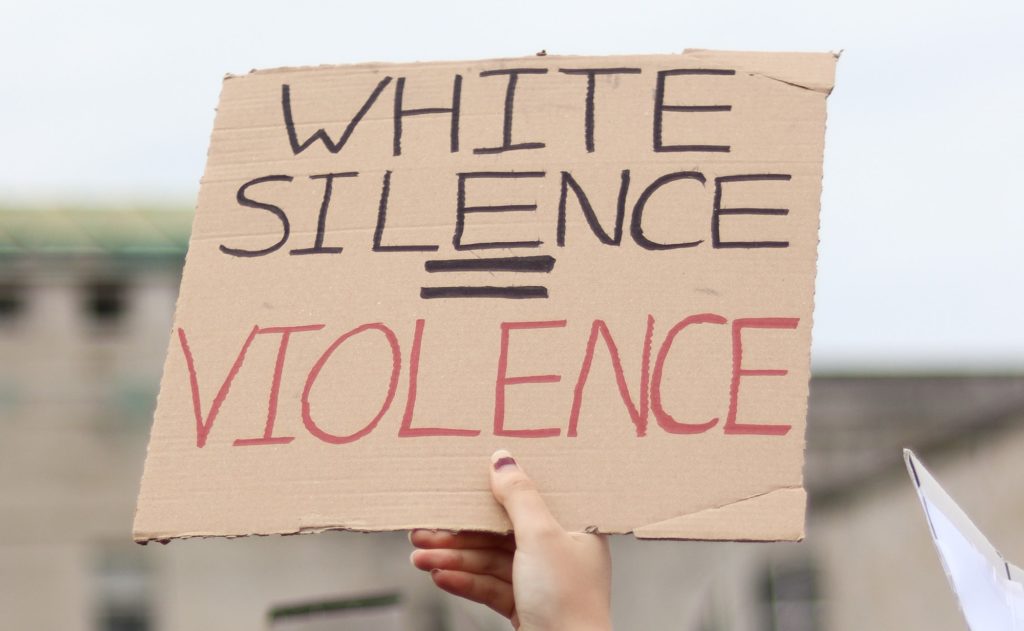
In the latest article in the Voices from the Margins of a Crisis series, Nadine Wathen and Shelley Yeo explore the emerging questions and uncertainties surrounding intimate partner violence in a time of pandemic.

In the latest article in the Voices from the Margins of a Crisis series, Nadine Wathen and Shelley Yeo explore the emerging questions and uncertainties surrounding intimate partner violence in a time of pandemic.

Read Vivetha Thambinathan’s (PhD student, Health Rehabilitation Sciences, Western University) letter in the Western Gazette:
Non-Black people, like myself, have a responsibility to labour in thinking through and acting in ways that support, affirm and advocate for our Black students, staff and faculty at this time… We can do this by asserting our understanding that this country was founded on anti-Black chattel slavery and the genocide of Indigenous peoples as part of the nation-building project. And acknowledging that white supremacy and race logic are embedded within our institutions in ways that privilege whiteness and uphold colonialist values. As professor Angela Davis has eloquently said: “In a racist society, it is not enough to be non-racist, we must be anti-racist.”

Researchers are looking for volunteers to take part in a study of family / friend caregiver’s use of digital technology to care for someone with Alzheimer ’s disease or dementia related diseases. To participate in the study, individuals must be: (1) a family/friend caregiver to someone with Alzheimer’s Disease or Dementia related disease, (2) provide a minimum of 4 hours of caregiving per week, (3) are 18 years of age or older.
If you are interested and agree to participate, you will be asked to: complete a survey about your use of information technologies (computers, smart phones) and use of online resources to support your caregiving role. Read more and participate in the survey (PDF).

The second installment in CRHESI/Pillar Nonprofit Network’s Voices from the Margins of a Crisis series explores a “crisis within a crisis” — the ramifications of COVID19 among individuals without housing or shelter. Read Beyond the Margins: The Experiences of Those in Unsheltered Homelessness, written by Abe Oudshoorn, Colleen Parsons, and L.
In this video, Javeed Sukhera (Associate Professor of Psychiatry/Paediatrics, Scientist, Centre for Education Research & Innovation Schulich School of Medicine & Dentistry, Western University) discusses his research on Making the invisible visible: Exploring explicit, implicit, and structural stigma for people who inject drugs within a hospital environment